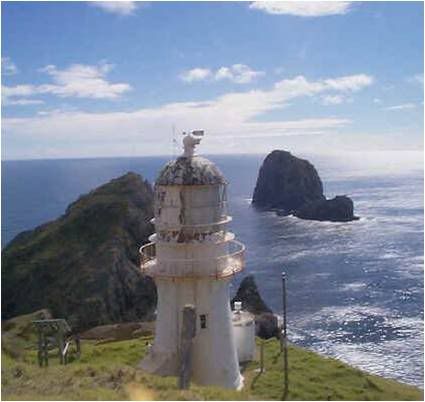
Cape Brett Lighthouse is situated at the entrance to the Bay of Islands and overlooks Piercy Island (Motukokako) better known as the "Hole in the Rock". Cape Brett was named by Captain Cook in 1769 in honour of a Lord of the Admiralty, Rear-Admiral Sir Piercy Brett.
The site of New Zealand's first shipwreck, in 1808 the crew of the Paramatta had contracted with the local Maoris to load the schooner with cargo, but the crew didn't keep their word and threw the Maoris from the ship without payment and even shot at them wounding three. As the ship left the area for Sydney, Australia they encountered heavy weather and were blown ashore. Those of the crew who did not drown were massacred by the Maoris.
A lighthouse at Cape Brett was proposed in 1896 by the Nautical Advisor, but it still hadn't been erected by 1907 when the Secretary for the Marine pointed out that there was no light between Cape Maria van Diemen and Mokohinau Island and he described Cape Brett as "the most wanted light in the Colony". The Shipmasters' Association, however didn't agree and thought the light should be placed either on the Poor Knights Islands or Cavalli Island. The Marine Department dispatched Captain Bollons aboard the "Hinermoa" and he settled on the Cape Brett site.
Construction began in 1908 and the work was supervised by the Lighthouse Artificer, David Scott. The lighthouse site was situation in a remote area, far from any roads and 400 feet (149m) up a steep hill. First they constructed a landing pad of concrete at the base of the hill and mounted a crane to it. Next a tramway was built to winch the landed materials up to the building site. All the materials were landed by sea and winched up the hill.
The cast iron tower was constructed locally by Judd Engineering Works in Thames and Cape Brett was also the first of three lighthouses in New Zealand to float the rotating light on a bed of mercury. Previously lights had been supported by wheels. This enabled a heavier and brighter light could turn faster which meant more variation between the flashes at different stations. This new light was visible 20 miles and flashed twice every thirty seconds. Total approx cost of the lighthouse was £11.237 3s 5d.
The first Head Keeper, Robert McIver and his assistant, Francis Ernest Lee lit the light on February 21, 1910.
Three identical houses were built for the three keepers and their families and the light was connected to the outside world by telegraph. Supplies for the keepers were delivered by launch every two weeks and hauled up the tramway to the houses. The keepers were also responsible for sending daily weather reports to the New Zealand Meteorological Service.
In 1940 a signal station was established and manned by 2 navel reserves. By March of 1942 the navy had also established a radar station.
Originally a three keeper station, this was reduced to two in 1958 18 , May 1955 4, when the kerosene lamp was converted to diesel powered generators.
In 1968 1 ,1967 13 , thirty one power poles were erected along the cape to Rawhiti and lighthouse was connected to the national grid. Automation followed in 1978.
The light now shines from a 4 metre high fiberglass tower built in 1978 and is solar powered.
In 2005, DOC took over the administration of the old lighthouse tower and buildings.
Photo & Copyright New Zealand Lighthouses
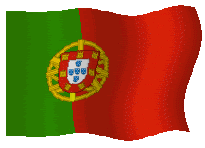


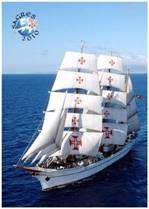





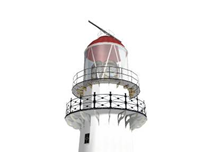













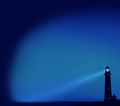


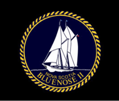

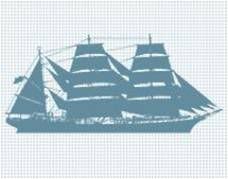
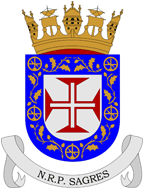
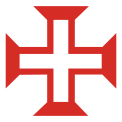
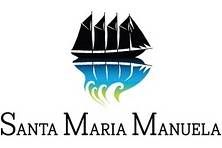
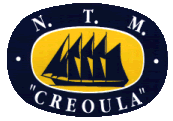

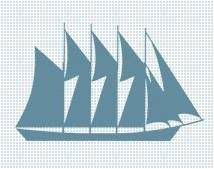
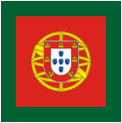
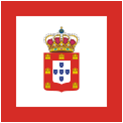
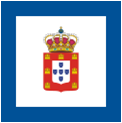
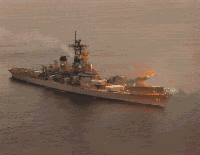


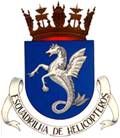
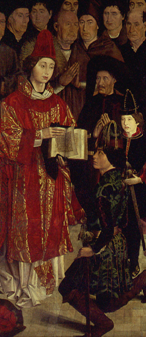
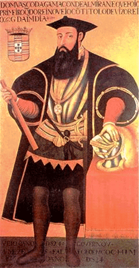
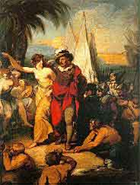

%201970-01-30.png)




























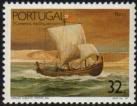
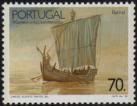


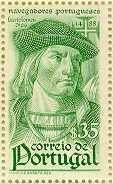


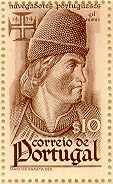

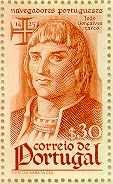

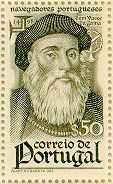
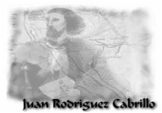
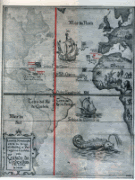
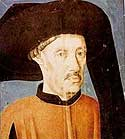
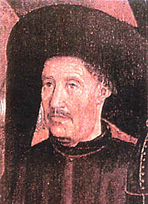

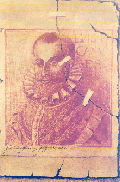
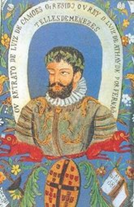
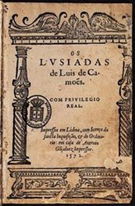
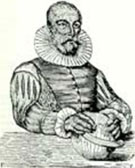

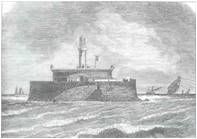



































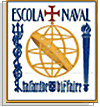
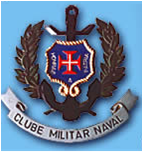






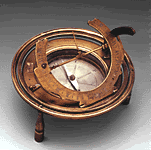
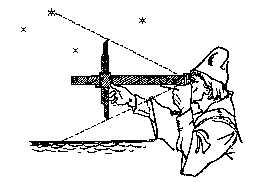










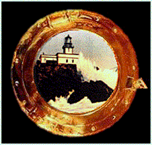


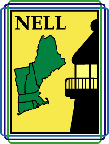


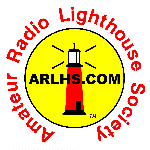


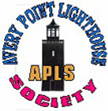



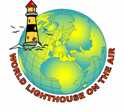
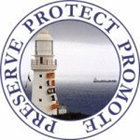
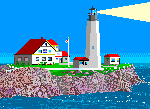




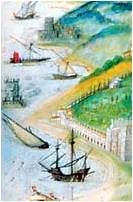
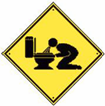
Sem comentários:
Enviar um comentário